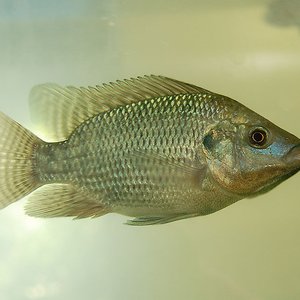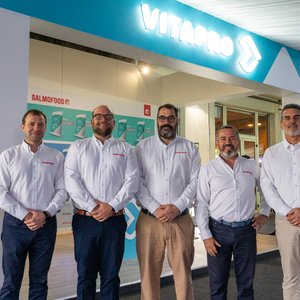Nova Scotia-based company Oberland Agriscience has opened its 108,000 sqft commercial black soldier fly larvae (BSFL) farm on the periphery of Halifax.
Founded in 2017 by Greg Wanger, Oberland is committed to utilizing modern innovations, such as AI, robotics, and predictive analytics, to elevate the power of black soldier fly larvae, delivering premium, nutritious, science-backed solutions for animal, agriculture, and soil health.
“Black soldier fly larvae are a tremendous insect, capable of transforming almost any organic matter into a valuable protein with almost unrivaled efficiency,” commented Wanger. “The food waste challenge isn’t going away and the demand for high-quality protein continues to escalate. We harness biology and cutting-edge technology to drive nutritional innovation, delivering natural, nutrient-dense solutions.”
With a Ph.D. in geology and environmental microbiology, plus five years at NASA’s Jet Propulsion Lab working on their optical organics mapper, SHERLOC, Wanger has experience sweating the small stuff crucial for getting from the lab bench, through pilot scale to commercial scale. Supported by a team committed to producing a low-impact animal and soil nutrition solution, Oberland has spent several years honing its innovative process from pilot to commercial scale.
“Collectively, we have a responsibility to do better,” continued Wanger. “Oberland’s mission is to enable truly circular economies, and circular agriculture by transforming pre-consumer waste and food and beverage production byproducts into valuable resources for animals and soil. We’re driving a transparent, sustainable, zero-waste approach that supports animal and soil nutrition while reducing reliance on unsustainable inputs.”













